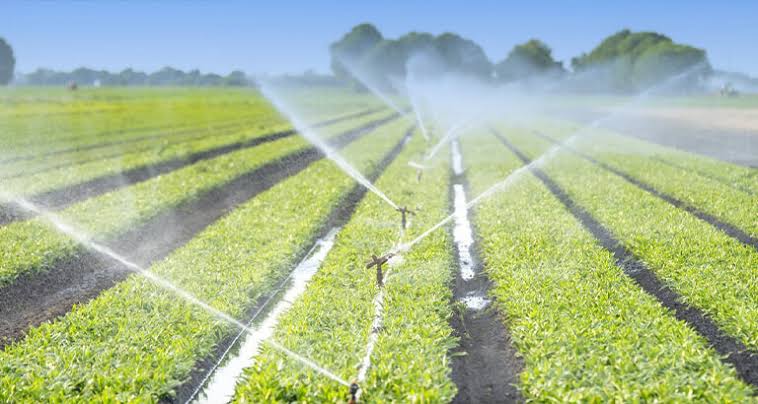There are different practices adopted by farmers as soil conservation measures some of which are; maintaining soil cover, crop residues, limiting soil disturbance and incorporation of manures. These have been proven to improve or maintain the quality of soils over time.
1. Maintaining soil cover/ cover crops: The inclusion of cover crops increases soil organic matter and nutrient availability without relying on chemical fertilizers.
Cover crops protect the soil against erosion wind or by water as the canopy cover reduces soil erosion by intercepting the rainfall and reducing the kinetic energy of the rain drops and splash detachments.
Crop residues are the left over’s (roots, chaff, stems and leaves) after a crop is harvested and they are the prime source of organic matter replenishment and consequently boosting soil fertility.
Crop residues also improve soil properties such as infiltration, aeration, water holding capacity and particle aggregation as well as reduce evaporation because they serve as ground cover.
Read Also: The Universal Soil Loss Equation
2. Limiting soil disturbance (Reduced tillage): Reducing the depth of tillage, speed and number of operations help conserve crop residue and soil moisture. Reduced tillage slows down decomposition of organic matter thereby allows accumulation of crop residues on soil surface thus reducing erosion caused by water or wind.
3. Green manure: incorporation of green or fresh vegetative material into the soil. Green manure crops especially leguminous crops add nitrogen and organic matter to the soil thus improving fertility and tilth.
E.g. sweet clover incorporated as green manure at the 10% bloom contributes its maximum amount of nitrogen into the soil and also allows soil moisture recharge for the following year’s crop.
Read Also: Seeds as a Type of Propagating Material

4. Animal manure: spreading of livestock and poultry manure provides not only nutrients required for plant growth but has a major beneficial effect on soil tilth and particle aggregation.
The organic materials contained in the manure act as binding agents in stabilizing soil structure thus enhancing water infiltration, water holding capacity and aeration as well as resistance to wind and water erosion.
The use of rotations that include active plant growth (cover crops, intercrops etc.) as much as possible and that minimizes bare fallow enhances soil conservation. The use of leguminous crops enhances biological nitrogen fixation as the major source of N thus improving soil nutrient status.
In summary, soil conservation is a necessity as soil is the major medium used by farmers for cultivation of their crops and therefore the right measures have to be adopted to ensure that the soil quality is not compromised.
Soil conservation measures that can be adopted include maintaining soil cover/ cover crops, leaving crop residues on field, limiting soil disturbance/ reduced tillage, incorporation of manures and crop rotation.
